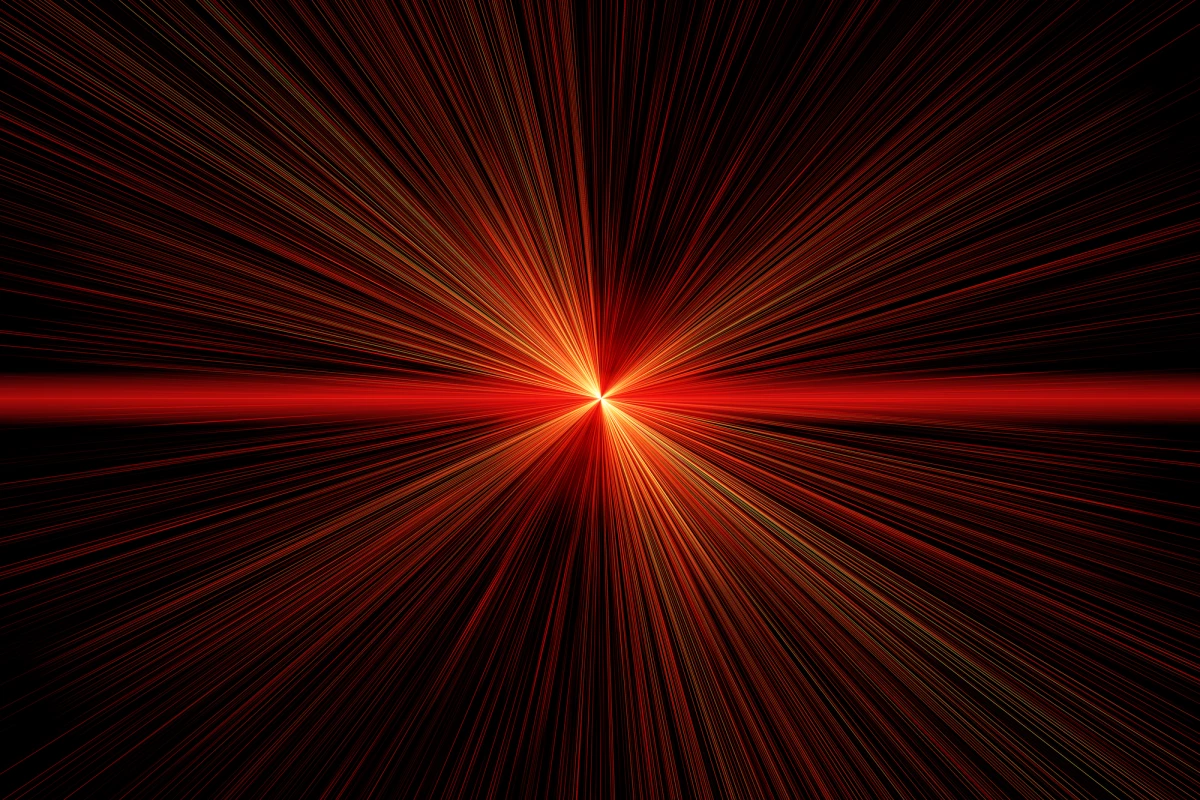High-powered lasers have a hand in everything from manufacturing to deep space communications, and the ongoing development of more powerful versions calls for a rethink on the components responsible for steering their beams of light. This has a team of Harvard engineers turning to one of the strongest known materials in diamonds, which they've used to form a new mirror that can endure laser beams strong enough to burn through steel.
The tough new mirror was developed in response to some of the shortcomings of the high-powered continuous wave laser systems of today. The mirrors used to direct the beams in these lasers are formed by thin layers of materials with varying optical properties. If one of those layers bears even a tiny defect, the laser will burn through the mirror instead of bounce off it, bringing the whole operation undone.
A simpler approach might be to use a single material for the entire mirror to limit the possibility of defects, but it's not as simple as grabbing one of the toughest materials you can find and putting it to work. To form their new diamond mirror, the research team had to leverage cutting-edge etching techniques originally developed to carve nanoscale structures in diamonds for use in quantum optics and communications.
“We thought, why not use what we developed for quantum applications and use it for something more classical,” said Haig Atikian, first author of the paper.

This involved using an ion beam to etch microscopic golf-tee-shaped structures on the surface of a thin diamond sheet measuring just 3 x 3 mm (0.1 x 0.1 in). These structures are what gives the diamond mirror its reflective properties, with the scientists arriving at 98.9 percent reflectivity as the sweet spot that helps maintain its durability.
“You can make reflectors that are 99.999 percent reflective but those have 10-20 layers, which is fine for low power laser but certainly wouldn’t be able to withstand high powers,” said Neil Sinclair, co-author of the paper.
The scientists put their new mirror to the test by placing it on front of a 10-kW laser used for research by the US Navy, which they note is strong enough to burn through steel. The mirror came through completely unscathed.
“The selling point with this research is that we had a 10-kilowatt laser focused down into a 750-micron spot on a 3-by-3-millimeter diamond, which is a lot of energy focused down on a very small spot, and we didn’t burn it,” said Atikian. “This is important because as laser systems become more and more power hungry, you need to come up with creative ways to make the optical components more robust.”

The scientists are exploring commercialization of the technology, and imagine their new diamond mirrors being used to advance fields ranging from semiconductor manufacturing and defense to deep space communications and industrial manufacturing.
"Our one-material mirror approach eliminates the thermal stress issues that are detrimental to conventional mirrors, formed by multi-material stacks, when they are irradiated with large optical powers,” said Marko Loncar, senior author of the paper. “This approach has potential to improve or create new applications of high-power lasers.”
The research was published in the journal Nature Communications.
Source: Harvard University




